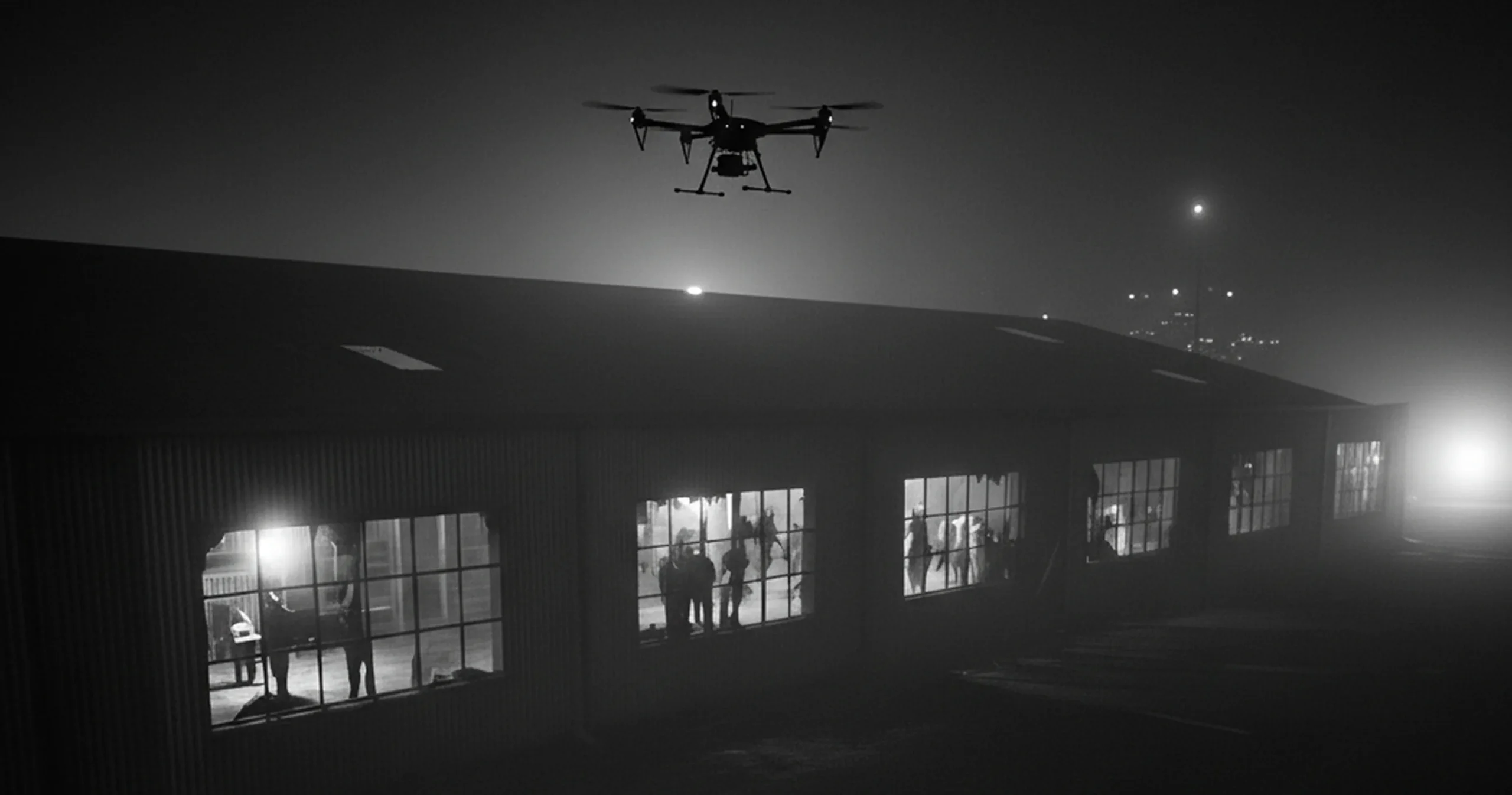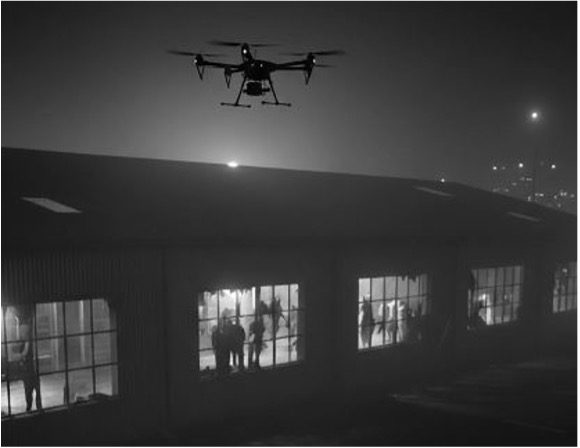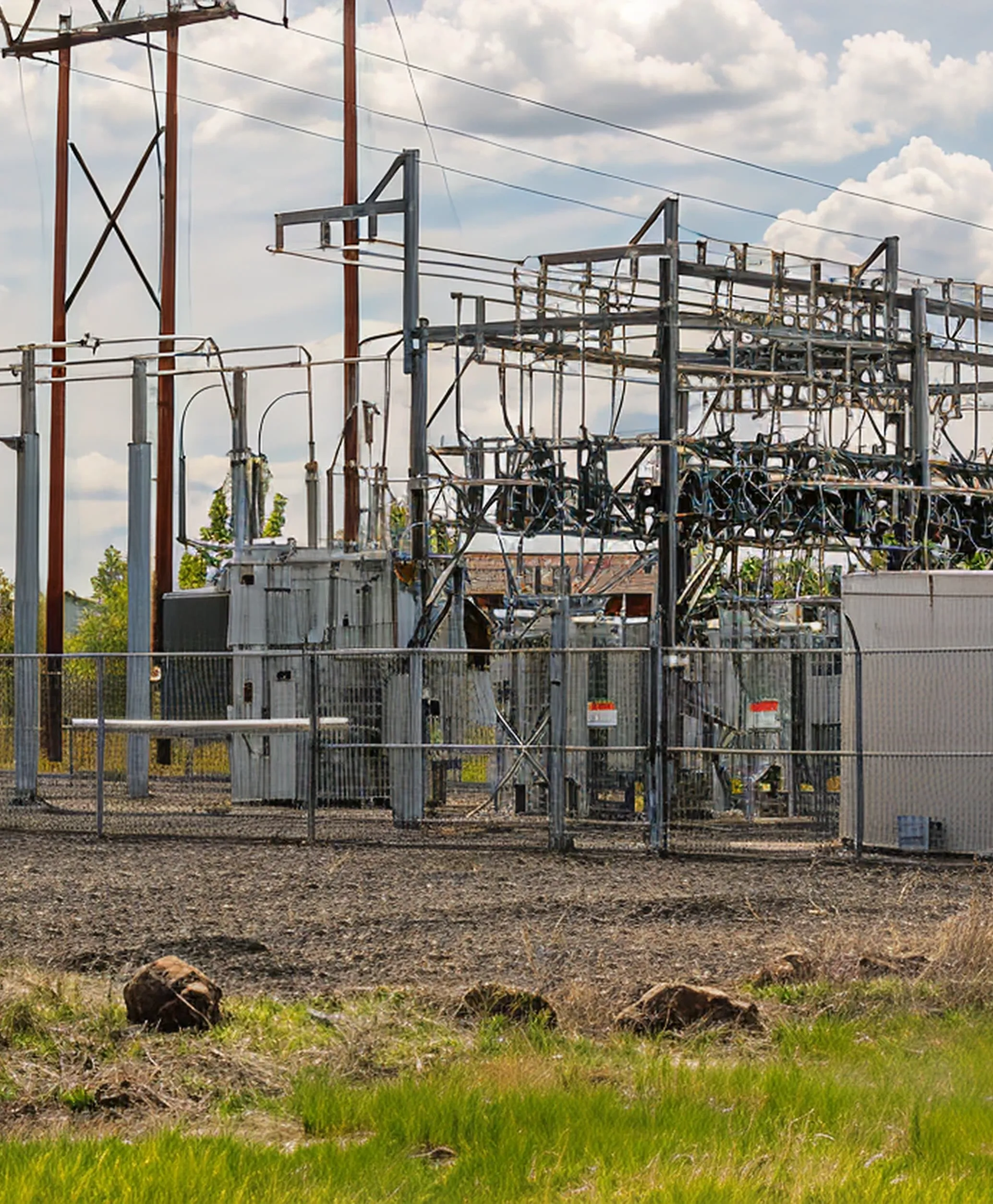In the face of escalating active shooter incidents, traditional security approaches have proven tragically inadequate. Passive barriers like locked doors and proactive systems like cameras and alarms—while important—cannot provide the immediate, decisive intervention needed to stop an active shooter before casualties occur. This is where active security, particularly advanced systems like IntelliLight, becomes not just valuable but absolutely critical.
The Failure of Traditional Response Models
Current active shooter protocols rely heavily on reactive measures: lockdown procedures, emergency notifications, and law enforcement response. While these elements remain important, they operate under a fundamental flaw—they accept that the shooter has or will gain access and begun their attack.
The average active shooter incident lasts just 12 minutes, but police response times often exceed that timeframe. In those critical minutes, passive security measures like locked classroom doors may provide temporary protection, while proactive systems like surveillance cameras document the tragedy as it unfolds. Neither actively works to stop the threat.
This reactive approach has led to a grim acceptance that casualties are inevitable once an active shooter scenario begins. But what if we could prevent the scenario from developing in the first place?
The Active Security Advantage
Active security systems like IntelliLight operate on an entirely different principle: immediate threat intervention at extended perimeters. Rather than waiting for a shooter to breach the building and begin their attack, active security engages potential threats the moment they approach the facility with hostile intent.
IntelliLight’s advanced detection capabilities begin at distances up to 2.4 kilometers—far beyond the range of traditional security systems. This extended detection range provides something invaluable in active shooter scenarios: time.
When a potential shooter approaches a facility, IntelliLight doesn’t just detect and record their presence—it actively responds. High-intensity lighting immediately illuminates the threat, destroying any element of surprise and making the individual highly visible to security personnel and law enforcement. This immediate, visible response often causes potential attackers to abort their plans entirely.
IntelliLight can also target a shooter with light that is powerful enough to disorient or even disable the shooter. The delivery of this non-lethal light leaves no permanent damage, and yet is very likely to cause the person to reflexively cover their eyes as they fall to the ground. With the temporary ruin of nighttime vision and severe degradation of daytime vision, the subject is unlikely to carry out a mass casualty crime.
Psychological Deterrence in Action
Active shooters typically choose targets they perceive as vulnerable and defenseless. They rely on the element of surprise and the assumption that they’ll have uncontested time to carry out their attack. Active security systems like IntelliLight shatter these assumptions instantly.
The moment a potential shooter is bathed in high-intensity light and realizes they’ve been detected and tracked, the psychological dynamic shifts dramatically. They’re no longer an unseen predator stalking vulnerable victims—they’re an exposed threat facing an active, responsive defense system.
This psychological impact cannot be overstated. Many potential attackers will simply leave when confronted with clear evidence that their presence has been detected and that active countermeasures are in place.
Beyond Detection: Active Intervention
Unlike passive barriers that can be breached or proactive systems that merely observe, IntelliLight actively works to deny the shooter’s objectives. The system’s precision lighting capabilities can track and illuminate threats continuously, making it extremely difficult for attackers to move undetected or find concealment.
This active engagement serves multiple critical functions: it alerts security personnel and law enforcement to the exact location of the threat, it denies the shooter the cover of darkness or concealment, and it provides responding officers with clear visibility of the situation before they arrive on scene.
Integration with Response Protocols
Active security doesn’t replace existing emergency response protocols—it enhances them dramatically. When IntelliLight detects and engages a potential threat, it can simultaneously trigger lockdown procedures, alert law enforcement, and provide real-time tracking information to responding officers.
This integration means that by the time law enforcement arrives, they have clear intelligence about the threat’s location, movement patterns, and current status. Officers can respond more effectively and safely when they’re not walking into an unknown situation.
The Moral Imperative
The question isn’t whether we can afford to implement active security systems like IntelliLight—it’s whether we can afford not to. Every school, workplace, and public facility that remains protected only by passive barriers and proactive monitoring systems remains vulnerable to active shooter attacks.
Active security represents our best hope for moving beyond reactive response to true threat prevention. Because in active shooter scenarios, the only acceptable outcome is stopping the threat before it becomes a tragedy.
The technology exists. The need is undeniable. The time for active security is now.



